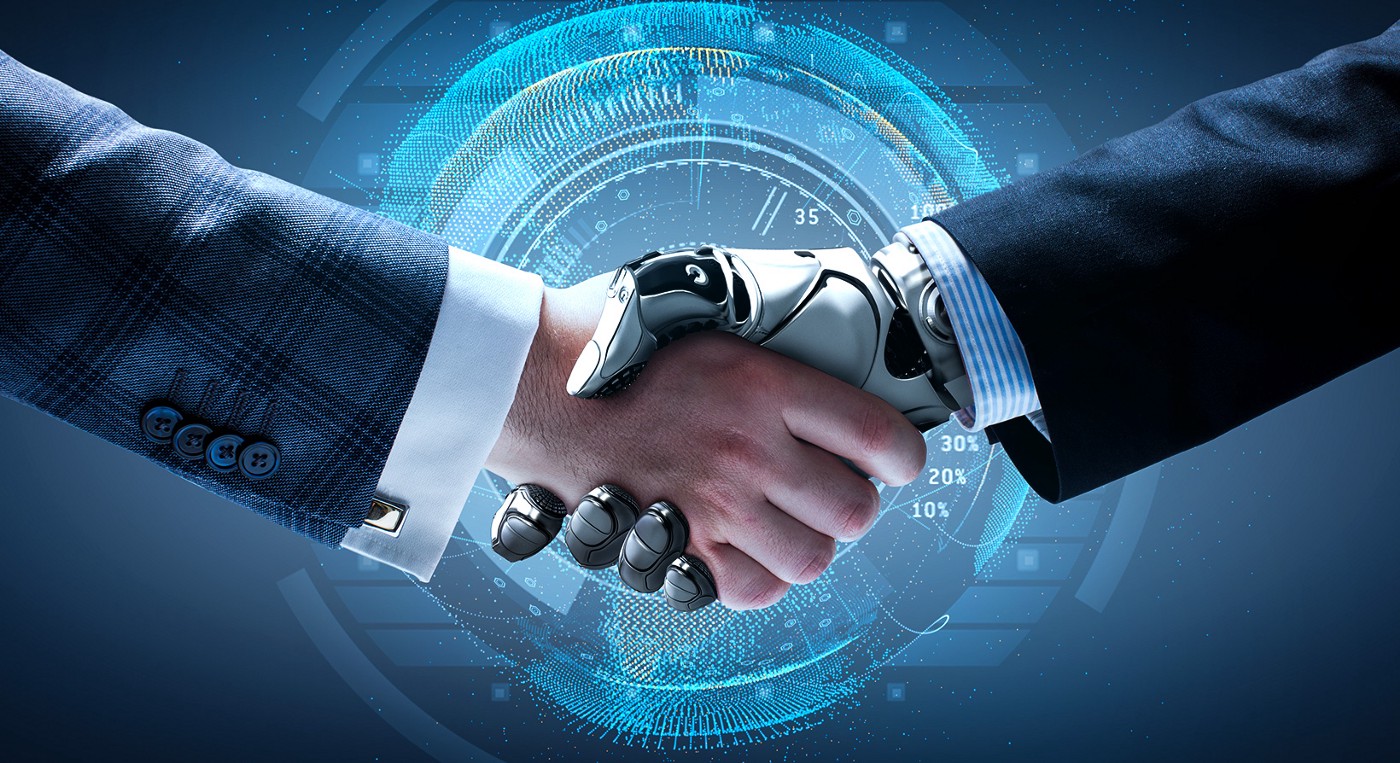Artificial Intelligence and Machine Learning are no less than buzzwords in the tech landscape. There are hardly any industries where AI and ML haven’t showcased their strength. However, AI and ML know no stopping. They are growing to become more massive than ever. So, you can expect more advancements to emerge in the AI and ML dimensions.
The present state of AI and ML is pretty straightforward. What will happen when these cutting-edge technologies achieve optimum potential? That’s when we want to peep into the future! Indeed, AI and ML will expand and become capable of doing what no one would have ever imagined. So, it’s essential to discuss the potential trends in the AI and ML dimension, especially if you are a tech enthusiast or pursuing a Simplilearn online course.
It is your ultimate destination to understand the futuristic dimension of AI and ML. So, without further ado, let’s dive into the future of AI and machine learning!
The bright future of Artificial Intelligence
AI has turned tables across sectors. However, it will keep refining more industries in the upcoming years. Let’s look at the domains where AI will create massive revolutions.
- Healthcare
AI will be critical in promptly and effectively diagnosing ailments in the healthcare industry. With the help of AI, new drug innovations will be speedier and more cost-effective. It will also improve patient engagement in their care by making appointment booking and bill payment more accessible and with fewer errors. Apart from these practical applications, one of AI’s most significant challenges in healthcare is ensuring its acceptance in daily clinical operations.
- Cyber security:
Without question, ensuring data security is a top responsibility for every company. The following are some predictions about how cyber security will alter as a result of AI:
- AI techniques will keep a tab on the security incidents
- NLP is used to identify the source of cyber-attacks.
- RPA bots are used to automate rule-based operations and procedures.
However, as an intelligent technology, attackers can also use it as a threat. They can employ AI in an unethical manner by automating brutal attacks to defend.
- Transportation:
A fully autonomous conveyance has not yet been produced in the transportation industry, but researchers are working on it. Artificial intelligence and machine learning are blended and deployed in the cockpit to help minimize workload, manage pilot stress and fatigue, and increase on-time performance. Several barriers lie to AI adoption in transportation, particularly in public transit. There is a significant risk of becoming overly reliant on automated and autonomous technologies.
- E-commerce:
Artificial Intelligence plays a critical role in the e-commerce industry. It has a favorable impact on every part of the industry, from user experience to product management. For example, you can make warehouse and inventory management simple by utilizing an automated product recognition system that alerts your employees of low stock. Additionally, annual and cycle counting is performed quickly and gives your customers real-time product availability. Furthermore, AI can offer enhanced customer service through the use of chatbots which allows round-the-clock service for inquiries.
- Employment:
Because of the usage of Artificial Intelligence, finding work has become easier for both job seekers and companies. In the job market, AI is already being employed with stringent regulations and algorithms that automatically reject an employee’s résumé if it does not meet its requirements. Most AI-enabled applications, spanning from marking written interviews to telephonic rounds, are expected to drive the job process in the future.
Machine learning – what does the future hold?
Machine Learning has a lot to offer to the world. ML experts are conducting extensive research to explore new avenues of technology. These advancements are likely to become buzzworthy. Here’s a glimpse of what ML could unpack in the future.
- Quantum computing holds the ability to carve machine learning’s future.
One technological innovation that has the potential to improve machine learning capabilities is quantum computing. Quantum computing allows for the execution of multiple multi-state operations simultaneously, resulting in speedier data processing. In 2019, Google’s quantum processor completed a job in nearly 200 seconds that would have taken the world’s most powerful supercomputer 10,000 years to complete.
Visit Also: AI and Machine Learning in Frankfurt
Quantum machine learning can aid in data processing and provide more detailed information. This enhanced performance can help businesses achieve more results than conventional machine learning methods.
Currently, there is no commercially available quantum computer. However, a few large IT corporations invest in technology, and quantum machine learning is not far behind.
- AutoML will aid the end-to-end model development process.
Automated machine learning, or AutoML, is a method of automating the application of machine learning algorithms to real-world problems. AutoML streamlines the process so that anyone, including businesses, may use advanced machine learning models and methodologies without needing an expert.
AutoML makes machine learning accessible to a broader audience, indicating its potential to transform the technology environment. For example, a data scientist can utilize AutoML to locate the algorithms quickly they can employ or see whether any algorithms have been missed. AutoML can automate the following stages of machine learning model construction and deployment:
- Data pre-processing – With the help of data cleaning, data transformation, and data reduction, you may improve data quality and convert unstructured data into structured data
- Feature engineering – leverage automation combined with machine learning algorithms to develop and design adaptive features tweaked according to the input data.
- Feature extraction – implement various datasets and features to discover the latest functionalities, holding the potential to improve outcomes while diminishing the size of data processed.
- Feature selection – handpick only the helpful features and functionalities for processing
- Algorithm and hyperparameter optimization – automatically handpick the optimum hyperparameters and algorithms.
- Model deployment and tracking – implement a framework-based model and track its conditions and metrics through the dashboard.
Wrapping Up!
When you read the piece, did you get butterflies in your stomach? You’re not the only one if it’s a yes! AI and ML enthusiasts have high expectations from the technology. They are eagerly waiting for new advancements to emerge in the dimension. Let’s cross our fingers and prepare ourselves for the latest innovations AI and ML will bring to the table in the future!










